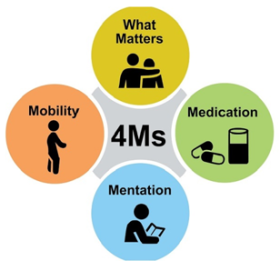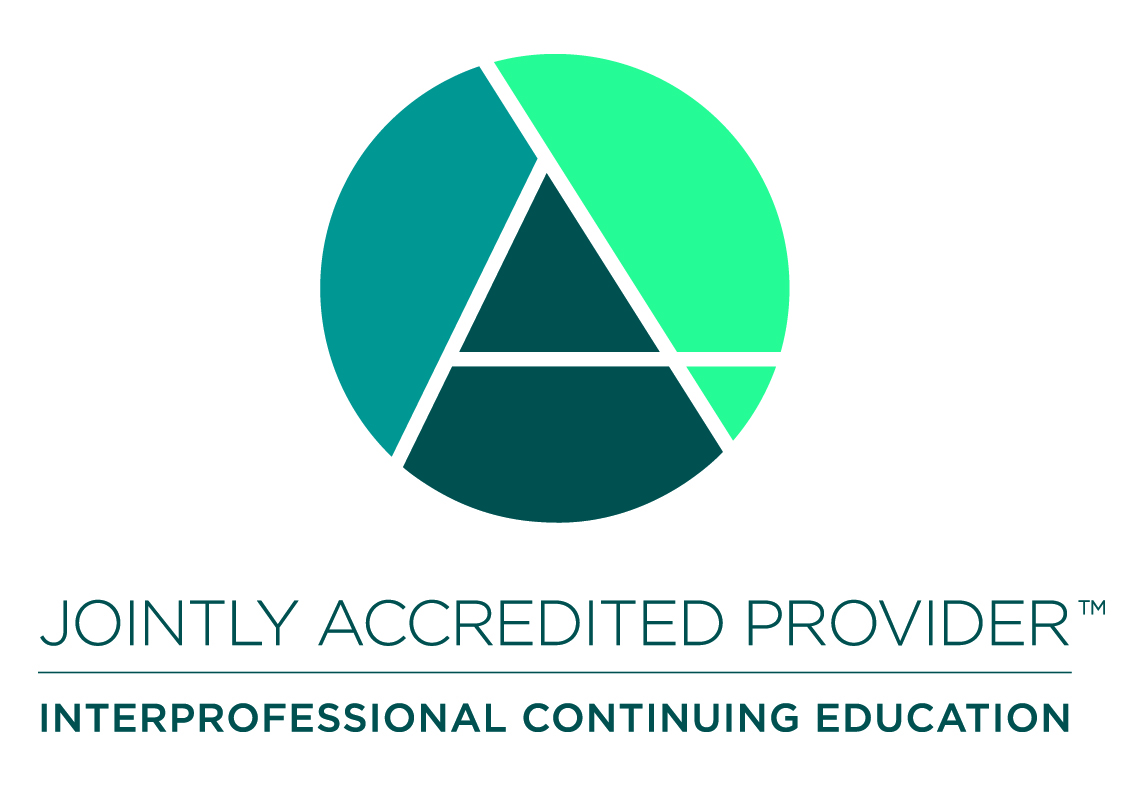
0774_ABSMC_Geriatrics for Hospitalist, Session 3: Mobility_Live
Description:
The AFHS 4Ms framework is an evidence-based, standardized approach to address the health and social equity needs of our older adult patients, especially those with complex care needs. Care strategies focus on identifying what matters most to patients and families, then applying these goals to medication management, mobility promotion, and support for dementia, delirium, and depression (mentation) prevention and early intervention. This presentation evaluates the importance and impact of Age-Friendly care through a case study and then reviews national policy changes and promoters of the 4 M's framework adoption. Additionally, the presentation will provide an overview of how the Age-Friendly framework promotes equitable care and aligns with Sutter's mission and values.
Assembly Bills 1195 & 241- Culturally Appropriate Care which is Free of Implicit Biases:
Learners are strongly encouraged to engage in self-directed learning related to the impact of implicit biases in this clinical area via the references provided below:
SDoH/ Implicit Bias:
- Kurnat-Thoma, E. L., Murray, M. T., & Juneau, P. (2021). Frailty and Determinants of Health Among Older Adults in the United States 2011–2016. Journal of Aging and Health, 34(2), 233-244. https://doi.org/10.1177/08982643211040706 (Original work published 2022)
- Relevant excerpt: “We observed significant differences in frailty and prefrailty according to race and ethnicity. Whites experienced frailty at 9.9% followed by non-Hispanic Black (9.1%), non-Black Hispanic (7.3%), Asian (4.2%), and other races (15%). Prefrailty rates were highest in non-Hispanic Black (47.9%) and other races (48.7%). Prior research indicates African Americans are impacted by higher rates of prefrailty and frailty, early progression trajectories and mortality, and that these observations can overlap with chronic disease burdens (e.g., obesity and diabetes), or be confounded by lower levels of education.”
Implicit bias relevant to the topic
- Hendrich, Ann L, Maryjo Phillips, and Robin Chappell. “Reframing the View of Falls and Care of the Older Adult: The Role of the Nurse Leader in Combatting Ageism Stereotypes and Promoting Equity.” Nurse leader 20.3 (2022): 265–269. Web.
- Relevant excerpt: “[From] The Lancet Healthy Longevity, old age itself is not a disease and “chronological age per se is phenotypically very heterogeneous with enormous inter-individual variability.” The authors point out that if we assume that age alone is the cause of a disease or health condition, we may not thoroughly evaluate and manage other factors that may be the actual root causes. Seminal research on fall risk factors bears this out: Even when age appears to predict falls in a univariate analysis, adjusting for age reveals a number of risk factors that predict falls more reliably, such as depression, gait and balance issues, and cognitive and functional status; the science indicates that age is not an independent risk factor.”
- Sarkisian, Catherine A. “‘Failure To Thrive’ in Older Adults.” Annals of internal medicine 124.12 (1996): 1072–1078. Web.
- Relevant excerpt: “Given the pervasive ageism in our society, in which older adults are often denied optimal care (10), geriatricians teach that it is a mistake to reflexively ascribe decline to "old age' and accept it as inevitable.”
Target Audience
Physicians (MD or DO)
Other Healthcare Professionals
Learning Objectives
Upon completion of this learning activity, participants should be able to:
-Define frailty to better understand its clinical significance and prevention, and treatment strategies
-Review diagnostic and therapeutic interventions for the evaluation of unintentional weight loss in older patients
-Provide a diagnostic framework for evaluating falls -Review the current standard of care for hip and vertebral fractures

Disclosure of Financial or In-Kind Commercial Support & Conflict of Interest
No one involved in the planning or presentation of this educational activity have any relevant financial relationship(s) to disclose with ineligible companies whose primary business is producing, marketing, selling, re-selling, or distributing healthcare products used by or on patients. No financial or in-kind commercial support was received to produce or promote this educational activity.
– Provider Designee/Verification: Fozia Ferozali, Ed.D.
Accreditation

In support of improving patient care, Sutter Health, is jointly accredited by the Accreditation Council for Continuing Medical Education (ACCME), the Accreditation Council for Pharmacy Education (ACPE), the American Nurses Credentialing Center (ANCC), and the Association of Social Work Boards (ASWB) to provide continuing education for the healthcare team.
Credit Designation Statement
Sutter Health designates this LIVE activity for a maximum of 1.25 AMA PRA Category 1 Credits™ for physicians. Learners should claim only the credit commensurate with the extent of their participation in the activity.
Note to Other Disciplines: AMA PRA Category 1 Credits HOURS™ Continuing Medical Education is acceptable for meeting the continuing education requirements for Pharmacists, Physician Assistants, Psychologists, Registered Nurses, and Respiratory Care Practitioners. For other disciplines, please check with the regulatory board for your discipline to confirm what type of credits meet the continuing education requirements. Continuing education hours for nurses accredited by ANCC, via Joint Accreditation.
Attendance & Credit Claiming
Text the 6-letter attendance verification code to (916) 866-7913 to claim credit.
Available Credit
- 1.25 AMA PRA Category 1 Credit™
Physician Credit
Sutter Health designates this Live activity for a maximum of 1.25 AMA PRA Category 1 Credit™ for physicians. Physicians should claim only the credit commensurate with the extent of their participation in the activity.
- 1.25 Non-Physician Participation Credit
Sutter Health designates this Live activity for a maximum of 1.25 Non-Physician Participation Credit. Non-Physicians should claim only the credit commensurate with the extent of their participation in the activity.
AMA PRA Category 1 Credits HOURS™ Continuing Medical Education is acceptable for meeting the continuing education requirements for Pharmacists, Physician Assistants, Psychologists, Registered Nurses, and Respiratory Care Practitioners. For other disciplines, please check with the regulatory board for your discipline to confirm what type of credits meet the continuing education requirements. Continuing education hours for nurses accredited by ANCC, via Joint Accreditation.

 Facebook
Facebook X
X LinkedIn
LinkedIn Forward
Forward